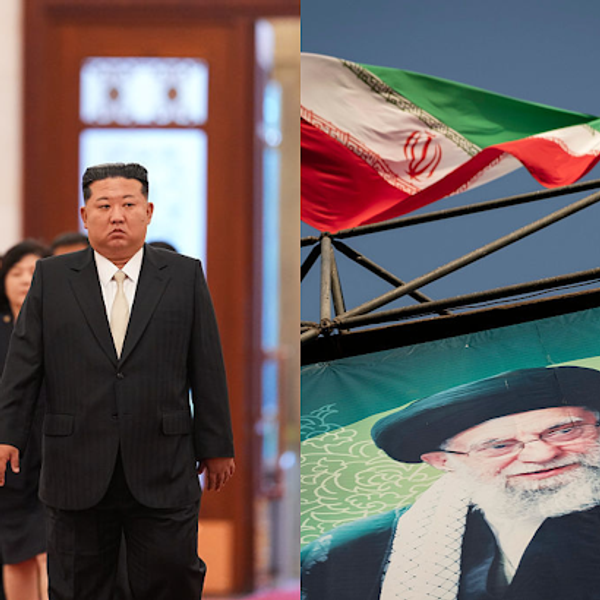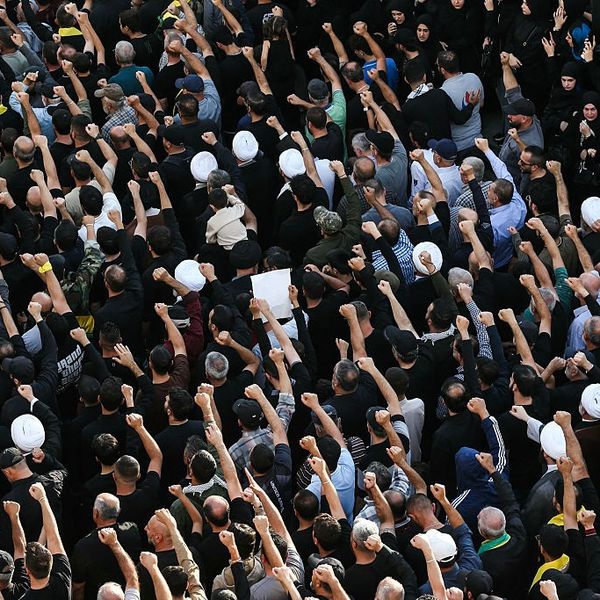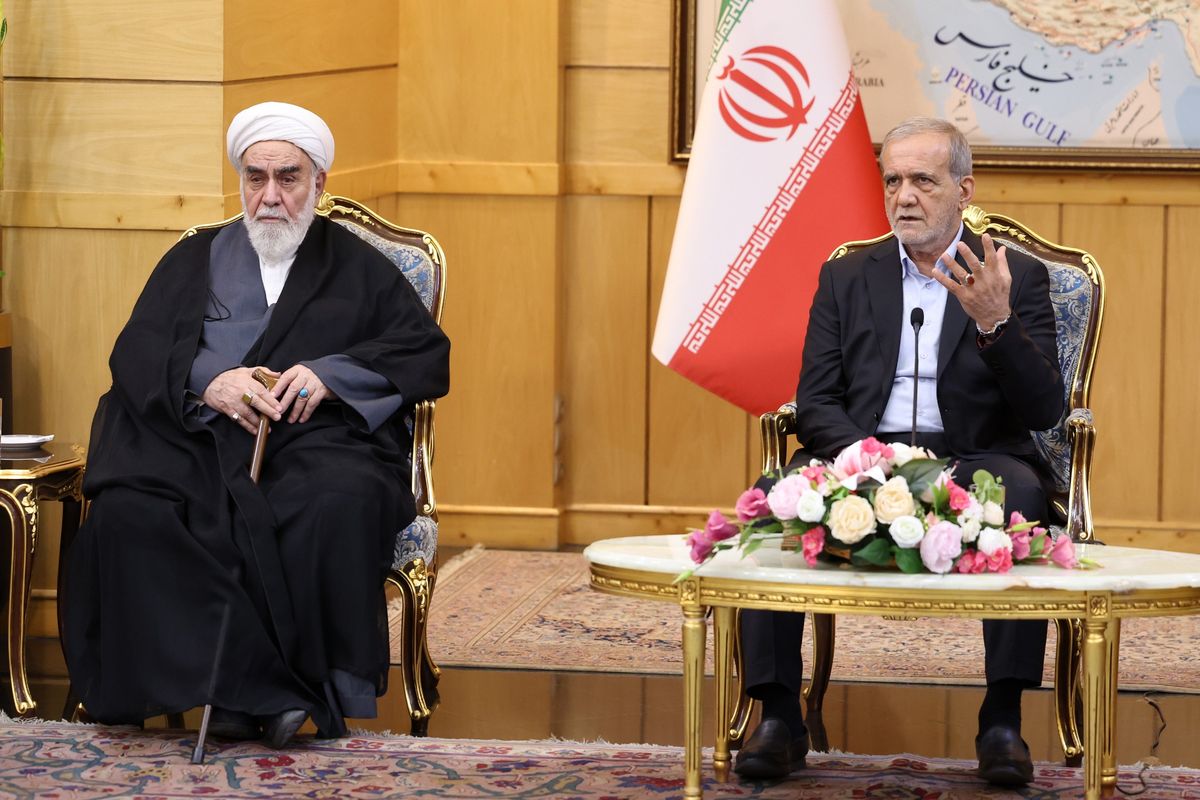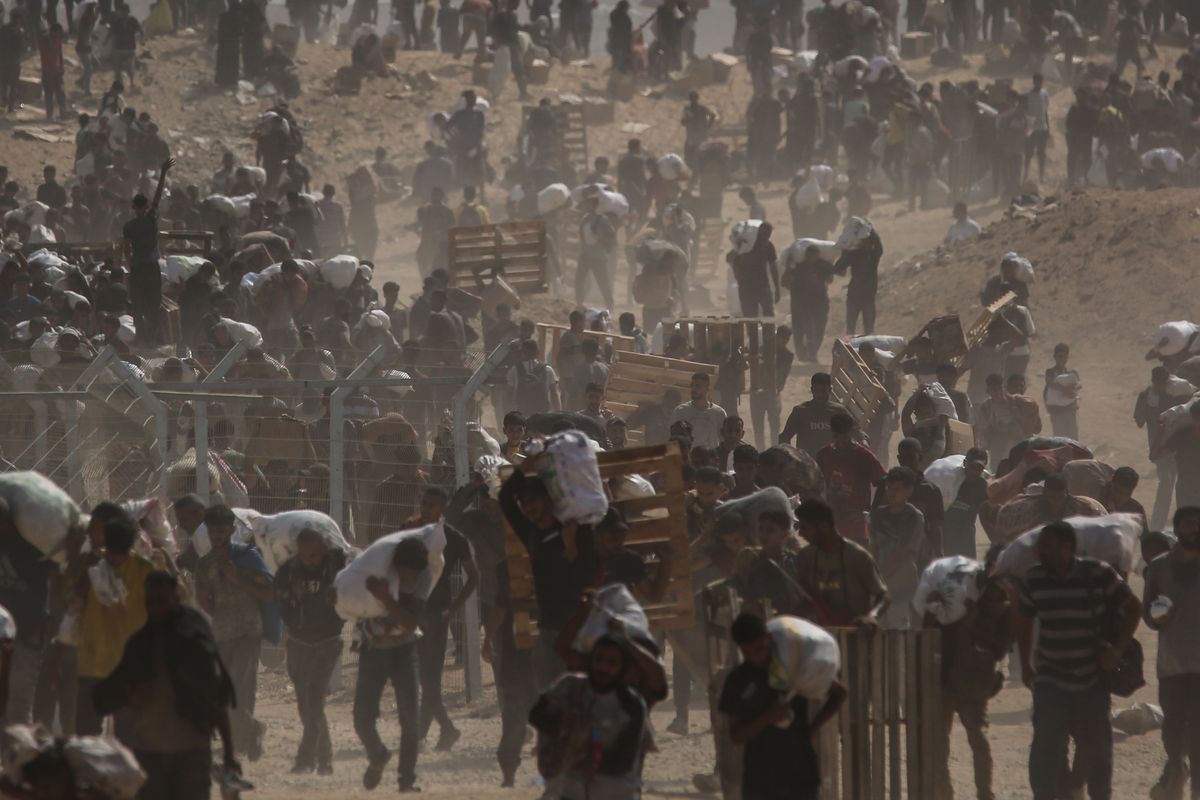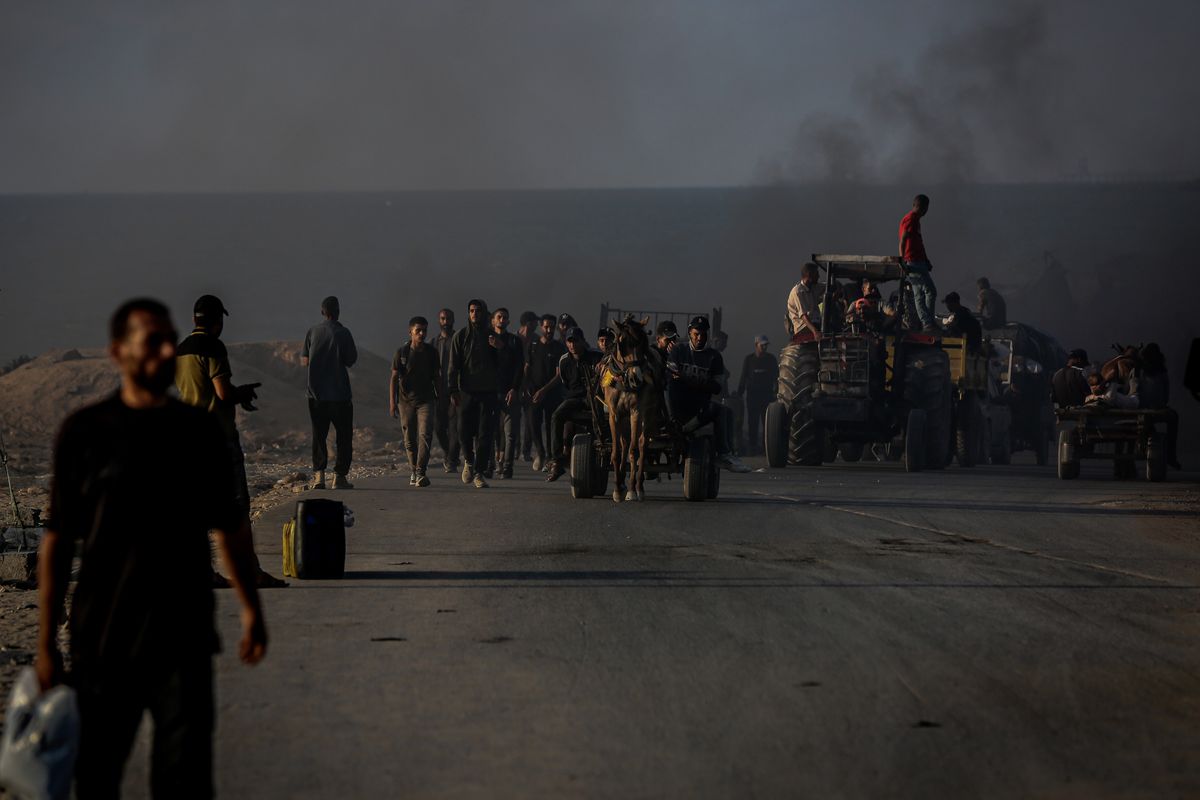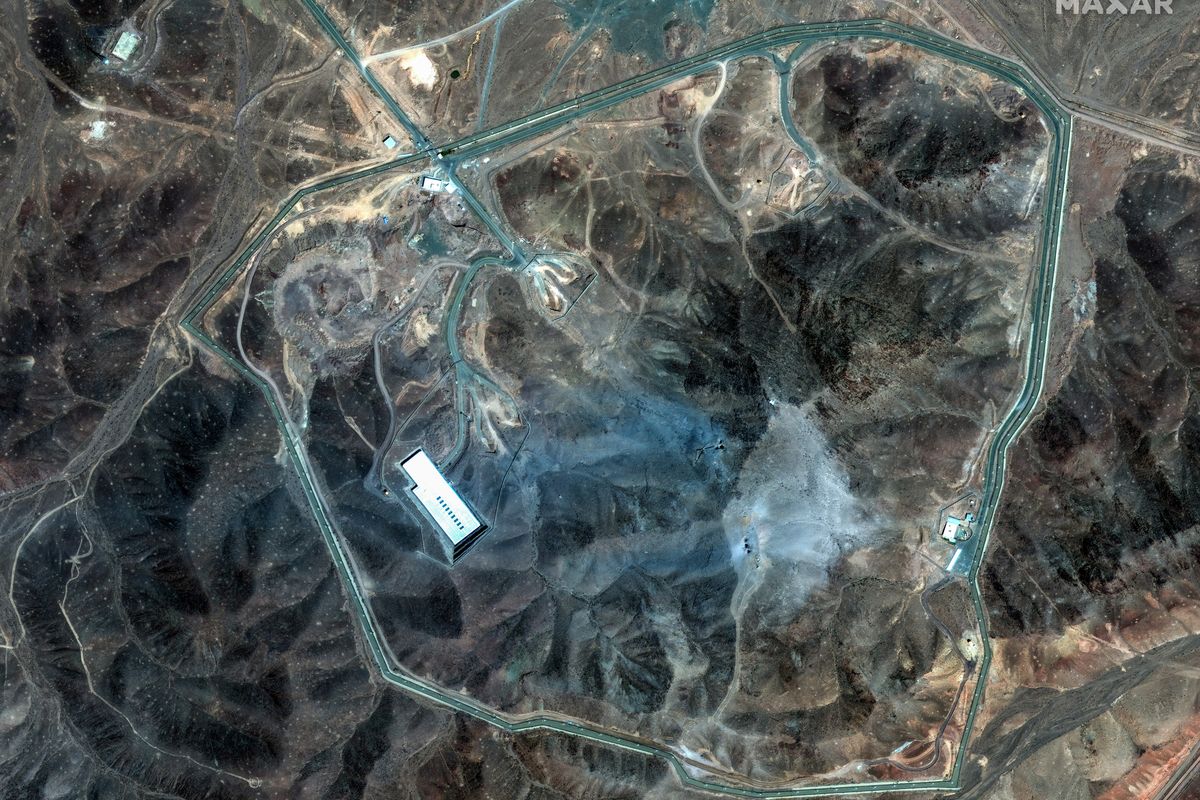In early July, Iranian President Hassan Rouhani threatened to prevent other countries from exporting oil if U.S. sanctions prevented Iran from selling its oil. Senior Islamic Revolutionary Guard Corps (IRGC) commanders quickly echoed the sentiment, which was followed by U.S. declarations that America would keep oil flowing through the Persian Gulf and Strait of Hormuz.
Such threats are nothing new. Since the 1980s Iran has said that if it could not export oil, then none of the Persian Gulf countries could do so. Except for the so-called “tanker war” during the 1980-1988 Iran-Iraq War, such threats have been mere political posturing. But, could this change?
Iran, in general, has no wish to confront the United States over oil. First, Tehran knows that Iran’s dependence on the Gulf for its own exports and imports means that “closing the Strait” is less likely to cause its adversaries pain than to strangle Iran’s economy and create political turmoil.
Next, Iran’s leaders harbor no illusions about superior U.S. military capabilities that make challenges to commerce in the Gulf incredible risky, if not suicidal, for Iran’s armed forces. In the event of such a contingency, Trump Administration goals probably would not be limited to keeping the waterway open. Secretary of Defense James Mattis has spent years thinking about how to dismantle Iran’s military and that bodes ill for Tehran. The Iranians also must consider the potential for a U.S. response to escalate into Syria, which America’s Arab allies almost certainly would urge. And, for good measure, Washington is likely to go after Iranian nuclear facilities, although, ironically, Iran’s adherence to the Joint Comprehensive Plan of Action has left it with less to lose in that area.
Iran could try to upset oil flows while avoiding retaliation by using terrorist, proxy, and cyber attacks to sabotage regional oil export facilities. Or perhaps, as it did in the 1980s, Iran might release unmoored naval mines into the Gulf to threaten shipping or use guerrilla hit-and-run attacks on tankers that are then blamed on rogue IRGC units. But, as in the 1980s, an eventual accounting for such actions would be painful for Tehran and would not improve its situation.
All in all, a scenario of limited Iranian attacks and U.S. retaliation portends a relatively short and, for Iran, very costly conflict. In this light, Iranian threats seem no more serious than in the past.
Except, what if Iran felt cornered and out of options? What if Iranian leaders started to view the stakes as sufficiently high to risk a major conflict? What if Iran’s leaders perceive that the Islamic Republic will never be in a better position to survive and perhaps emerge with a political victory in a conflict with the United States?
Imagine that Iran, under increasing international and domestic pressure, decides to roll the dice on a major surprise attack. Could Tehran achieve a psychological and political victory relying on asymmetric tactics and possible great power intervention to keep the conflict short and less destructive to Iran? Probably not, but the scenario is plausible enough to consider.
Iranian leaders and military planners almost certainly are well acquainted with 1973 Arab-Israeli war and its impact on the Middle East. In that conflict Egyptian President Anwar Sadat gained a political victory from a military defeat. A surprise attack, new weapons, and unexpected tactics gave the Egyptians early successes that drove Israel to the brink. Egypt’s abandonment of its original plan to try to relieve its Syrian ally and a massive U.S. resupply effort gave the Israelis an opportunity to recover and inflict massive losses on the Arabs. But, in the end, Sadat succeeded in upsetting the regional status quo and setting more favorable terms for subsequent negotiations with Israel. This playbook, absent Egypt’s mistakes, might be an attractive option for Iran given current circumstances.
Rolling the dice would be an elderly Supreme Leader, Ayatollah Ali Khamenei, who has always been certain that U.S. hostility will never abate regardless of Iranian compromises. Such a man, perhaps setting his legacy before leaving the scene, might forego his usual caution. It is worth noting that, under increasing threats from the Trump Administration and regional U.S. allies, the fractious Iranian government has shown more unity lately among the IRGC, religious conservatives, and the usually pragmatic Rouhani Administration.
Iranian leaders will be mulling rising economic problems that have been punctuated by sporadic protests by businesses and consumers since late last year. The US economic war against Iran’s oil revenues almost certainly will exacerbate these problems. Retaliating against oil flows from the other Gulf exporters in a way that affects global energy security and undermines Gulf Arab governments offers at least a prospect of a foreign intervention to stop the conflict and shape a political resolution that relieves Tehran’s sanction-imposed misery.
Tehran may want to act before Iran’s main regional adversaries become stronger through increased collaboration. Several Arab states, spurred by a perceived Iranian threat, have made overtures to Israel. An Israeli television station claimed this month that the Israeli Air Force recently hosted a military delegation from the United Arab Emirates to review operations by Israel’s US-made F-35 fighters, which the UAE wants to purchase. Meanwhile, Saudi Arabia has secured $54 billion in foreign military sales from the United States since mid-2017. Such enhanced partner nation capacity meshes with the US military’s regional presence and combined theater missile defenses to form a significant deterrent to Iranian aggression. But, this deterrence could be of questionable effectiveness against a desperate Iran moved to try more risky measures to change its situation when time is not in its favor.
In addition, for the first time in ages, the current military situation appears to be at its most favorable—or least threatening—for Iran. The closest U.S. aircraft carrier battle group will probably remain in the Mediterranean because of possible Syrian contingencies. Although the US Navy has an amphibious warship, the USS Iwo Jima, along with patrol boats and mine countermeasure vessels in the Gulf, US Central Command, at least initially, will have less flexibility in responding to Iranian operations. At the same time, some Saudi and UAE forces are likely to remain tied down in operations in Yemen. Plus, the two Gulf countries’ decision last year to try to isolate and punish Qatar—the home of Al Udeid Air Base, a USAF air expeditionary wing, and the USCENTCOM forward headquarters—has pushed that country closer to Iran. While the small emirate looks to the United States for protection, Qatar could chose to sit out a conflict in which Iran rained punitive strikes on its two antagonists, potentially going so far as restricting US operations from Qatari territory. The US can still operate out of the UAE and Saudi Arabia, of course, but, again, this is about as favorable as the situation could get for Iran.
Iranian leaders do not have to close the Strait to prevent oil exports, which gives them a range of options beyond direct challenges to U.S. and allied naval and air forces. Iran’s strategy has historically relied on threats against regional populations, critical infrastructure, and governments concentrated in cities to coerce the Gulf Arabs to limit their support to U.S. operations and seek rapid conflict termination. The Iranians could launch surprise missile and unconventional attacks targeting oil production infrastructure, such as the large Abqaiq facility in eastern Saudi Arabia, or against export facilities at regional ports, deterring ships from loading oil. Tehran could fire salvos of missiles to overwhelm missile defenses and strike Gulf Arab capitals and civilian infrastructure. In anticipation of eventual U.S. counterattacks, Iran could use its ballistic missiles and proxy forces to attack U.S. bases and forces in the Arabian Peninsula preemptively. To further complicate U.S. courses of action, Iran could mobilize its proxy groups to conduct terrorism and sabotage against US and allied interests throughout the region.
Depending on the impact of its initial strikes and the speed of the US response, Iran could seek Russian and Chinese assistance in calling for a ceasefire to calm markets and allow a rapid return to oil exports. Moscow has an interest in moving from a tactical and transactional relationship with Iran to a strategic one. Beijing, meanwhile, will have gained yet another chit for cementing its cooperative relationship and influence with Iran, which occupies key territory needed for China’s overland “Silk Road Economic Belt” initiative. U.S. forces would not have to stop, of course, but continued attacks by Iranian mobile missile units might increase regional and international pressure on Washington.
One more thought: President Trump in early July proudly tweeted out that Iranian harassment of U.S. warships in the Persian Gulf had declined from 36 incidents in 2016 to 14 in 2017 to zero so far in 2018. Iran’s newfound caution probably is a reaction to the unpredictability of a U.S. response under Trump and Mattis. But, if Iran has bigger plans and does not want to upset them with an incident that costs it the initiative, how would we expect Tehran to act?
Admittedly, this is what is called a high impact, low probability scenario. Still, the State Department has warned countries that imports of Iranian oil must end by early November or unspecified financial punishments will follow. Other economic sanctions against Iran are set to resume as soon as early August, and some Iranian oil customers are already starting to reduce their purchases. For the next few months then, it will be prudent to keep watch for rising economic problems and domestic unrest in Iran, unusual Iranian military activities, and a unified Iranian government finding itself in dire straits. At the same time, pay attention to potentially diverting spikes of violence in Syria, any visible cracks in the NATO alliance, increasing Russian swagger, and signs of growing Chinese and European hard feelings over the U.S. trade war. Such consideration might just avoid or least provide warning of a surprising turn of events.



